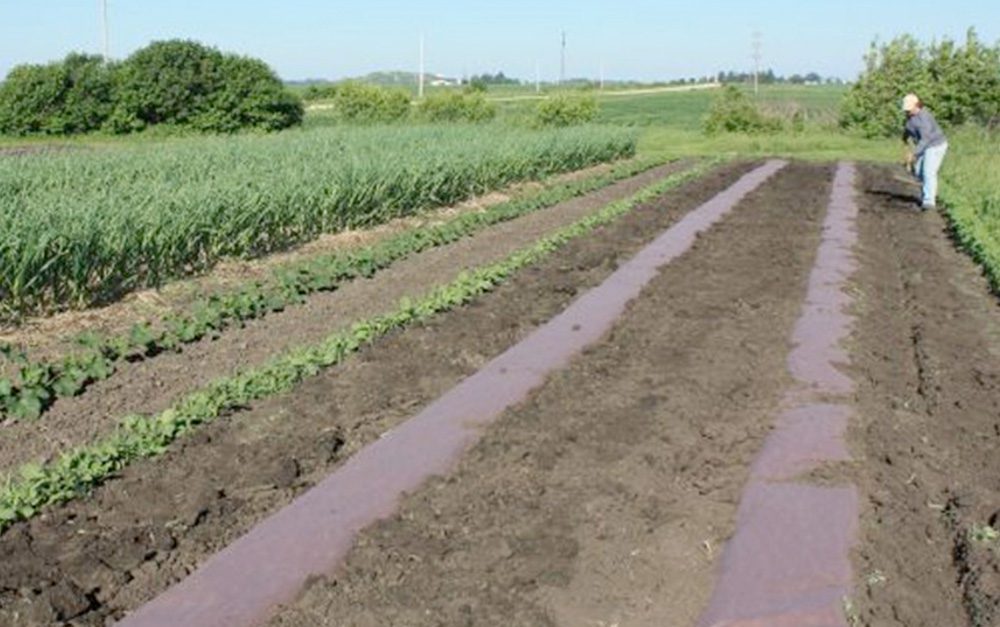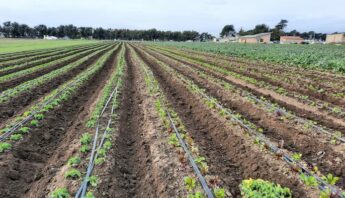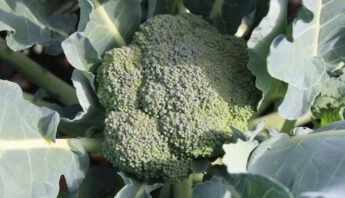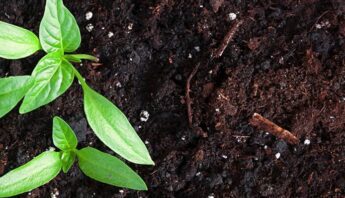Over the last couple of months, I have observed multiple changes to the landscape in Iowa and most of those changes have been initiated in the interests of agriculture. For example, a fencerow near one field had all of the bushes and trees taken down and the grasses burned. A small grove of trees in the corner of another field is now piled up, likely awaiting a calm day for a bonfire. In another field, I noticed that a grass strip to prevent soil erosion had been tilled and was showing signs of soil loss. And, of course, farm equipment to apply synthetic fertilizers and pre-emergent herbicides have made their first appearances for the season.
Agroecology is about complexity
Each of these actions is an example of adapting the land to agriculture. Fields keep getting larger so more of one crop can be grown using bigger equipment and more pesticides. It’s a vicious cycle and it is difficult for me to acknowledge and write about it. But we do have alternatives. We can adopt the principles of agroecology. We can turn the story around and adapt our agriculture to the land, rather than the other way around.
The more I have considered it, the clearer it has become — agroecology is all about acknowledging, learning about, accepting, and promoting complexity in our agricultural and food systems. This complexity manifests itself in the ecological, social and economic aspects of agriculture.
Biodiversity on the farm
On our farm, I have come to believe that a successful field is one that I want to be in. This might seem obvious, but it may not be for the reasons you expect. Certainly, it is true that part of my appreciation comes from the success of the crops I hope to harvest. But the key is that this is only a part of what makes a field successful.
I appreciate a field that has diversity in plant life, especially if some of that plant life includes flowers that I (and the pollinators) can enjoy. When I stand in a successful field, I often observe a wide range of animal life, including birds, insects, snakes, frogs and toads. The soil itself is healthy and full of both visible and microscopic life. And I have found, over time, that these fields often produce better than those dedicated only to one kind of plant, where any other life is discouraged.
There is a wide range of tools farmers can use to increase the biodiversity on their farm. It can begin with a longer crop rotation, and it can be expanded to include intercropping. A farm can support biodiversity with wild spaces and perennial plantings, including wooded areas, terraces, and prairie strips. A growing system becomes more diverse with the integration of animals, and soil health can be protected with cover crops.
Complexity results in diversity. Diversity is health on the farm and in our world.
More, and smaller, farms
Many are attracted to larger fields with a single crop (monocropping) for their relative simplicity. Till the soil, plant the seed, spray the pesticides and harvest the crop. Every square foot of the land is treated pretty much the same. If a portion of it isn’t immediately suitable, it is altered until it can be used. The number of people who are truly invested in the process of food production is reduced, and those who do the actual labor are rarely given the power to act as stewards.
Smaller farms place more people in a position to listen to the land and adjust to its needs. More people on the land increases the personal investment our global population has in agriculture and growing food.
If we wish to promote an agriculture and food system that relies on more and smaller farms, we must also make land accessible to all who would be stewards. An increase in the number of farms provides space for a broader spectrum of people to grow food and care for the land. Indigenous farmers can restore or resume cultural food practices. People of color and people who do not have great personal wealth can have opportunities to stand and work in successful fields, wielding the power and responsibility of caretakers.
Peer mentorship and local support
More farmers on smaller farms provide an opportunity to reconnect our food production systems at the local and regional levels. On the other hand, large farms with corporate or absentee owners have no incentive for cooperation, and their employees are often powerless to make management decisions. The people that do the work often feel detached from the land they work on.
In my own farming experience, I have come to value my connections with my peers who operate or work on small-scale, diversified farms. The farmer-to-farmer exchange of knowledge and the focus on shared success have been critical for our own health and our farm’s resilience.
Similarly, our interactions with the communities that surround us characterize a relationship that goes beyond an economic basis. Our farm provides the rest of the community with a connection to the land and food production. The community hears a different story through our farm that creates an understanding and appreciation for complexity. In return, the community has been willing to provide support when our farm has faced extreme challenges — like pesticide drift or a physical ailment.
Local connections provide support, which makes it possible for small-scale farms to introduce the complexity that supports diversity. It’s a circle that sustains all of us, and this is an important part of agroecology.
Farm practices and farm research adapted to the land and community
Our farm has participated in numerous on-farm research projects in tandem with other farms over the years. Perhaps the most important lesson I have learned is that every farm is different. While there might be some “best practices” that we can all adapt to our systems, the reality is that we must adjust those practices as we make our own observations of what is going on where we are.
We participated in a research project that was intended to evaluate varieties of broccoli for production in Iowa. Several farms reported results that indicated one particular variety was a very poor choice. That variety was the best performer on our farm for this trial. The reasons for these differences were uncertain, but they could be any combination of weather, soil types, disease, pest pressure, surrounding environment, or growing techniques. What it illustrated for me was the fact that we should not expect growing solutions that work everywhere for everyone. It also encouraged me to participate in more on-farm research.
Simply put, growing food is complex and it is different according to a wide range of factors – we should treat agriculture and food production in a way that recognizes this.
The balance sheet is more than profit/loss
Large-scale, chemical-based food production measures itself by yield (how much of the crop is produced per acre) and money gained or lost. Many vegetable producers use black plastic mulch in their growing beds to prevent weed growth in their crops. From a monetary investment perspective, it makes sense because this is one of the cheapest ways to control weeds in a commercial vegetable production system. However, the environmental costs of producing this plastic and then disposing of it are not part of the farm’s balance sheet — even if it should be.
Agroecology encourages practices that are efficient – minimizing waste and optimizing energy use. One good example would be the integration of animals into a small-scale farm to provide fertility, rather than purchasing synthetic fertilizers. This becomes even more efficient if the animals are included in the crop rotation so they can spread their own manure in a field that will produce food in subsequent seasons.
Agroecology is a name for answers we already have
The beauty of agroecology is that it provides room for the successes of many. Indigenous producers of kalo (taro) on Hawai’i have a place to grow with agroecology. We could have hundreds of smaller-scale egg production farms in Iowa, stewarded by the workers that currently find themselves working unfulfilling jobs in confinement production. A row-crop farm could produce a variety of grain and soy crops without reliance on chemicals. And my small-scale, vegetable and poultry farm — my home — also has a place with agroecology.
We already have the foundation for what we need to get started. The answers reside in known science, inherited and Indigenous knowledge, and in the beauty of complex systems. It’s up to us to continue to learn how they apply in each place we live and grow food. It’s up to us to adapt our agriculture to the land, not our land to the agriculture.








